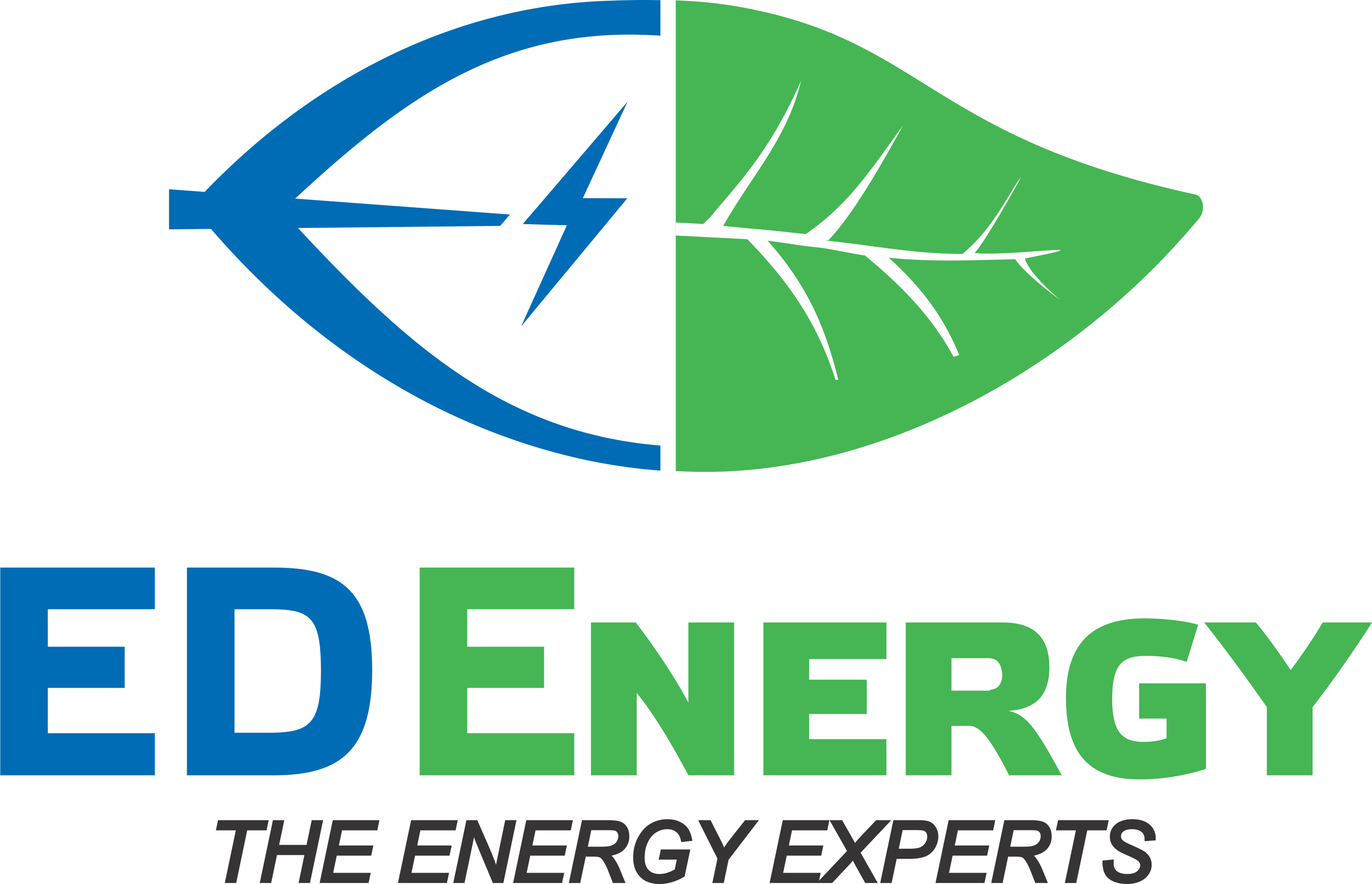About solar energy systems
1. How does a solar system work?
A solar energy system consists of solar panels, inverter and electrical wiring. From sunrise to sunset, solar panels made up of photovoltaic (PV) cells convert sunlight into direct current (DC) electricity. Inverters convert the DC electricity into the alternating current (AC) electricity which is then transferred to your business’s main electrical service panel for use.
2. Do solar panels work in cloudy weather?
Sunlight consists of direct sunlight (direct radiation) and diffused sunlight (diffused radiation). During cloud cover, diffused radiation falls on your solar modules producing electricity lesser than the daily expected generation.
3. If I am putting up a 100KWp solar system how much power will it produce across the day?
A 100 Kw system will produce a bell-shaped power curve as shown below across the span of the day. The shape and area under the curve of this curve strictly depends on location and local weather conditions.
4. What sort of maintenance is involved once I have installed a solar PV system?
Cleaning of solar PV modules is required for maintenance. The schedule on which cleaning is done is shared by the Reon’s technical team and differs from site to site.
5. How much space do I require my solar system?
Space requirements range from 110 to 150 sq feet per kW of solar PV installed depending whether it’s a rooftop or ground mounted and the tilt angle of the solar PV modules.
6. What if I am producing more energy than I need?
The surplus electricity would either be sold back to the grid and accounted for using the net metering policy or will be stored in the form of batteries and used later by the same load center. Commercial analysis is done to weigh the different options under consideration. There are ways to suppress the output of the solar PV system if neither net-metering or batteries are available to offtake the excess available power.
7. Will my roof be able to bear the load of the solar PV system?
A thorough structural analysis is done by our team to determine if your roof’s load bearing capacity is sufficient to take the load of the solar PV modules. Concrete roofs have no problems at all in handling the distributed load nature of solar PV modules, however T-slabs & truss based roofs have to be analyzed first before they are used for installation.
8. How long will a solar energy system last?
Our systems are designed to have a useful life of 25 years or more.
INQUIRY
- Lahore Office:
2nd Floor, Ijaz Hospital Building Wahdat Rd, Lahore

